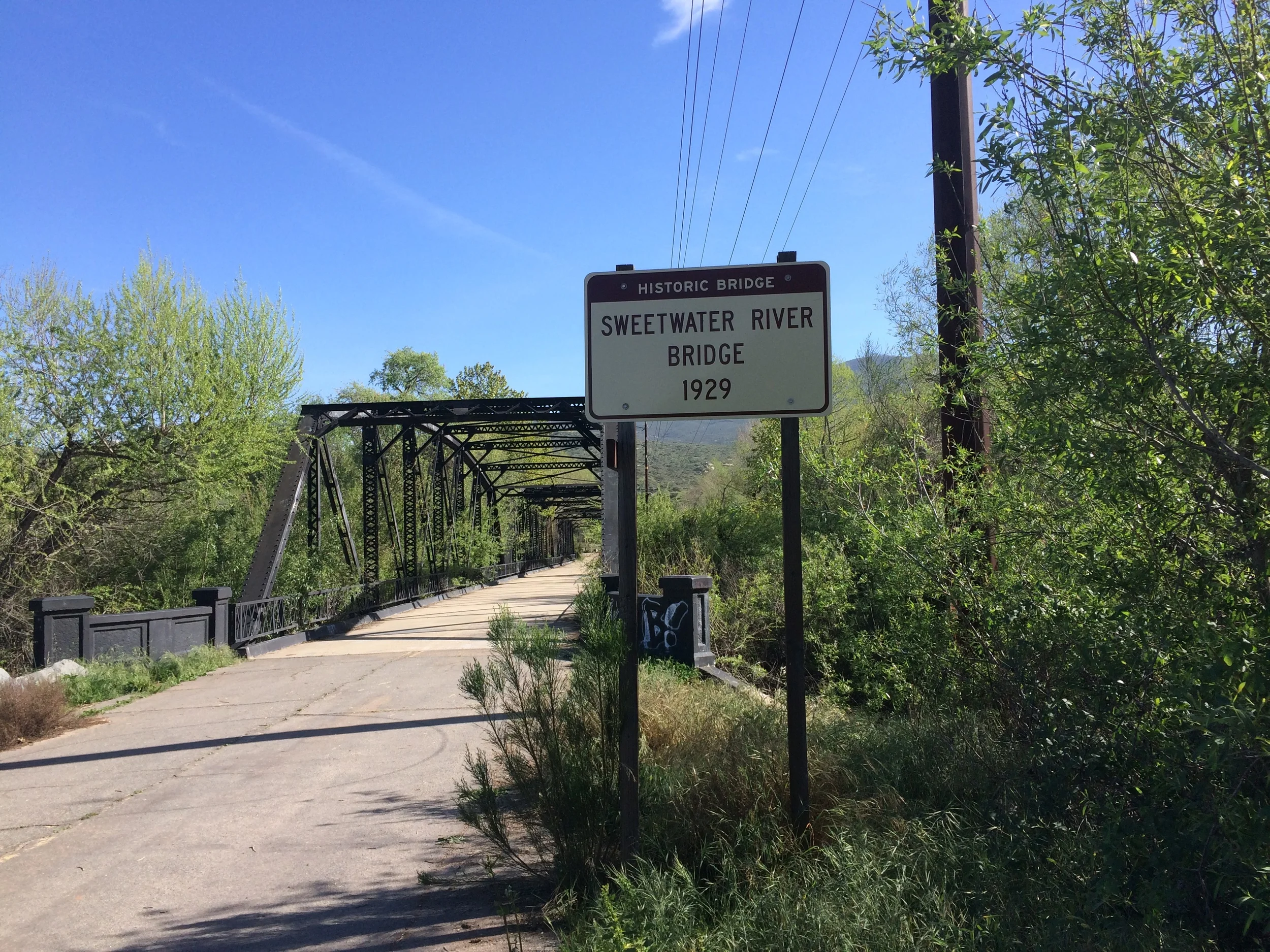In the far southeast corner of San Diego county lies a small town, Campo. Campo is well-known historically for two things - the ancient Gaskill Brother's Stone Store, where a shootout occurred in 1875; and for being the nearest town for the southern terminus of the Pacific Crest Trail ("PCT"). The PCT starts at the United States-Mexico border, and as Campo is only 1.2 miles from the border, it is the jumping off point yearly for PCT through-hikers seeking to travel South to North on the trail. Campo is also home to a unique and hands-on museum, the Pacific Southwest Railway Museum. The museum is the main location and headquarters for the Pacific Southwest Railway Museum Association ("PSRMA"), which was founded in 1961, and has been the preeminent group for railroad enthusiasts in the greater San Diego region for over fifty years. Since 1980, the museum has been open at the location in Campo, and from that point on has been a place where old railcars and engines are stored for public visitation, a place with an excellent interpretive museum about the rail history of Southern California, and on occasion, a place that provides tours along the rail line from the old Campo railroad station (adjacent to the museum) on the trains that the association owns and operates.
Whaley House Tours: Where historic facts meet historic legends.
For most people, the trouble about ghosts, spirts, and everything surrounding the paranormal is the lack of hard, verifiable evidence. Along these lines, many “paranormal” locations have a variety of conflicting stories that have no basis in fact or history and are easily debunked. With this as a baseline, the Whaley House stands out as a location that possibly provides solid evidence of paranormal activity, and has a primary goal of preserving San Diego’s history. Recently, I had an opportunity to tour the Whaley House with Jokie Tolentino, the Director of Museum Services for the Save our Heritage Organization (“SOHO”), the organization that manages and mantains the location. While I did not experience anything paranormal (that I noticed during) our walk, talk, and tour, I did leave the Whaley House with a greater appreciation for the location.
Haunted San Diego
San Diego is best known for being “America’s Finest City”, but like most locations, it also has a stranger, darker side, built on speculation, myths, rumors, and legends. With Halloween just around the corner, along with the shorter days and cooler nights of fall, now is a great time to explore these thirteen locations to search for monsters, ghosts, aliens, and whatever else may be out there. I’ve compiled this list from my experience and from what “evidence” is present in the public domain about these spots. I’ve subjectively ranked the spots from “most active” to “least active”, or for the skeptical readers out there, from “most credible” to “least credible”. Irrespective of how you feel about the supernatural, this is a great list of San Diego locations that add historic flavor to a fine city that are worth a visit.
Sweetwater Bridge
One of the more unique items to be found out in the East County of San Diego is a bridge that is not connected to a road, and at times, does not cross water. The Sweetwater Bridge was built in 1929 to bridge the Sweetwater River, and at the time connected both ends of Highway 94. While it may appear imposing at four hundred and sixty feet in length, and twenty-two feet in width, it was in actuality, a narrow bridge in 1929, and a narrow bridge through its eventual retirement in 1987. In 1987, the road was re-routed slightly and a new, modern bridge was built right next to it on Highway 94.
Marston House
The Marston House is also one of the city’s best-preserved historic locations, and is also regarded as one of the finest examples of the Arts and Crafts movement in the entirety of California. The Marston House was constructed in 1905 for George Marston and his family; and is a three story house along with its accompanying outbuildings (Carriage House) and grounds. While many things could be said about George Marston, the most important are that he was a civic leader in the city of San Diego, a noted conservationist, and a contemporary of John Spreckels.
Jamul Kiln
Although it was discovered by Juan Cabrillo in 1542 when looking for the mythical Strait of Anian, San Diego is a young city. To this day, like many other West Coast locations it is considered bereft of “historic” locations; even though Native Americans had lived in its environs and other areas for thousands of years prior to Cabrillo’s arrival. Perhaps this bias springs from the fact that not many people know much about San Diego other than what they learned in Anchorman; or perhaps this bias springs from the fact that while San Diego has historic sites, most of them are not common knowledge. In any event, San Diego is a city with ancient historic sites; and more modern historic sites. It is even a city with lost historic sites. While I’m sure there are plenty of semi-lost; partially-lost, and actually-lost sites out there that I don’t even know about, the best almost-actually lost site I’ve come across and found is this one – the ruin of the Jamul Kiln, or if we’re being technically accurate, the Jamul Cement Works.







